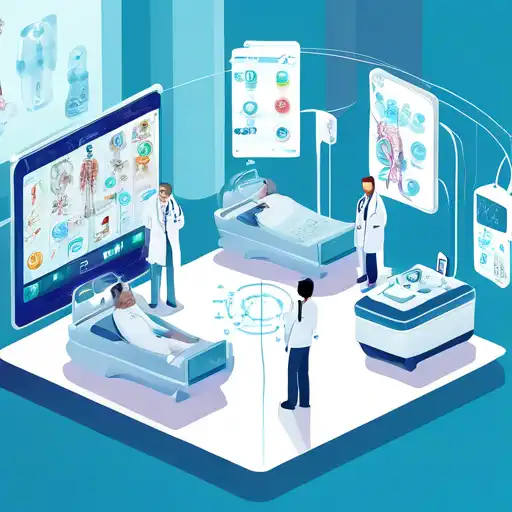Introduction to IoT in Healthcare
The integration of the Internet of Things (IoT) into healthcare is transforming the industry in unprecedented ways. By enabling real-time monitoring, improving patient care, and reducing costs, IoT technologies are indeed a game changer in the medical field.
How IoT is Changing Healthcare
IoT devices, such as wearable health monitors and smart medical devices, are making it easier for healthcare providers to monitor patients remotely. This not only improves patient outcomes but also significantly reduces the need for hospital visits, saving time and resources.
Remote Patient Monitoring
One of the most significant benefits of IoT in healthcare is the ability to monitor patients remotely. Wearable devices can track vital signs like heart rate, blood pressure, and oxygen levels, sending alerts if any readings fall outside normal ranges.
Enhanced Patient Care
IoT technologies enable healthcare providers to offer personalized care plans based on real-time data. This leads to better patient engagement and adherence to treatment plans, ultimately improving health outcomes.
The Future of IoT in Healthcare
The potential for IoT in healthcare is vast. From advanced diagnostics to automated treatment plans, the future looks promising. However, challenges such as data security and privacy must be addressed to fully realize this potential.
Challenges and Solutions
While IoT offers numerous benefits, it also presents challenges, including data security risks and the need for robust infrastructure. Implementing advanced encryption methods and secure data storage solutions can help mitigate these risks.
Conclusion
IoT in healthcare is revolutionizing the way care is delivered, making it more efficient, personalized, and accessible. As technology continues to evolve, the possibilities for improving patient care are limitless.
For more insights into how technology is transforming healthcare, check out our articles on Digital Health and Medical Technology.
